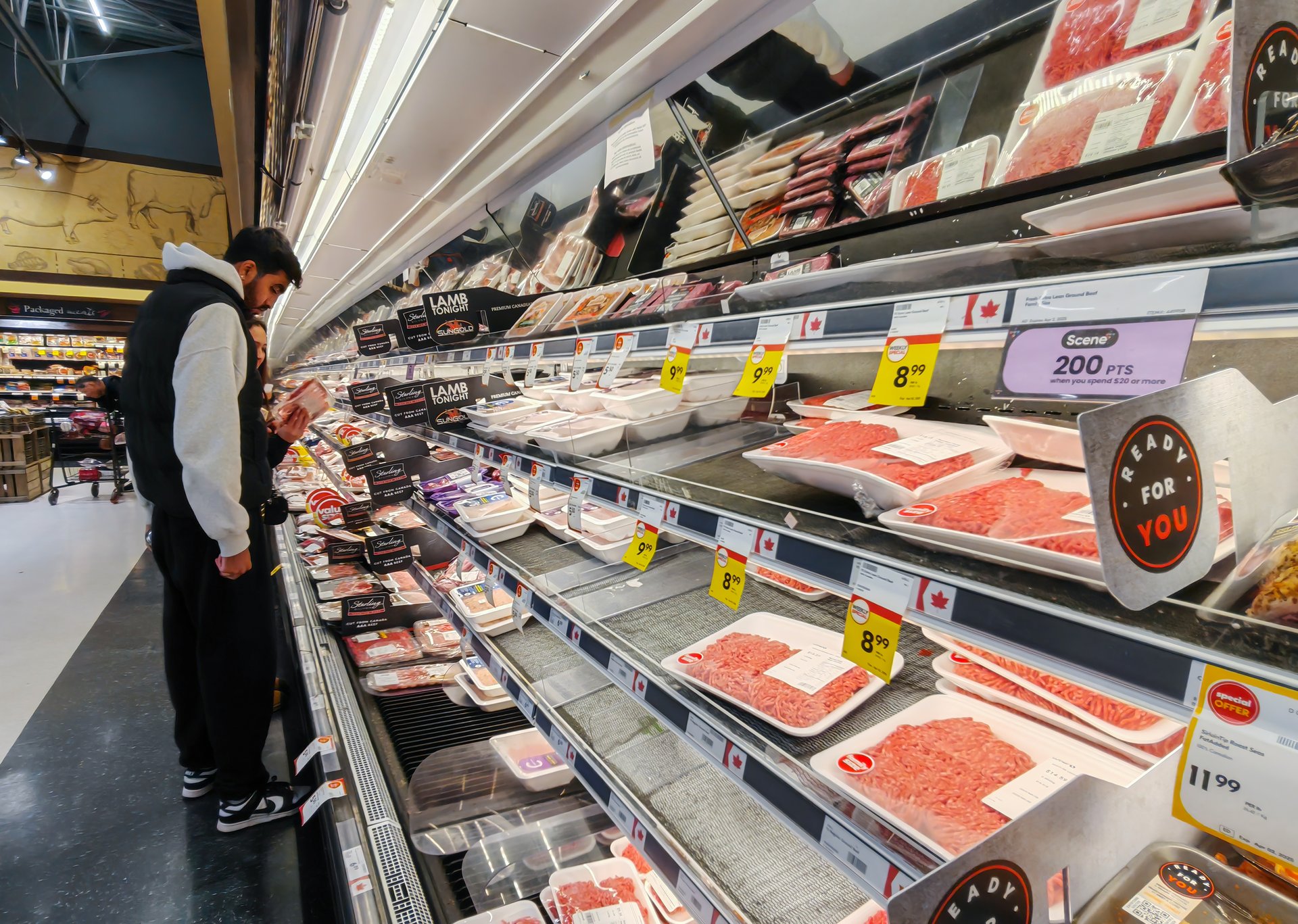Inflation slows as effect of tariffs remains muted
The May CPI showed that inflation rose 2.4% annually — up slightly from April’s 2.3%, but still below expectations

VCG/VCG via Getty Images
Inflation cooled slightly in May, according to new data released Wednesday, bucking analysts' expectations and offering a modest reprieve for American consumers.
Suggested Reading
Data from the Bureau of Labor Statistics showed that headline inflation rose 2.4% annually — up slightly from April’s 2.3%, but still below expectations. Month-over-month, prices climbed 0.1%, down from April’s 0.2% pace. Core inflation, a measure that excludes more volatile food and energy prices, also came in softer than expected.
Related Content
Which prices rose, which prices fell
While the overall numbers showed mild relief, the details still offered a mixed bag for consumers. Gasoline prices dropped in May, helping to drag down headline inflation. Airfares and used cars also continued to get cheaper.
But shelter costs — often the most painful part of the inflation picture — rose 0.3% on the month and 3.9% from a year earlier, accounting for the majority of May’s total price increase. The price of medical care, car insurance, furniture, and education all rose, too.
Tariffs in focus amid suggestions of a new China trade deal
May’s Consumer Price Index report is the first to reflect, at least partially, the shifting landscape following President Donald Trump’s April “Liberation Day” tariff blitz. While many of the most sweeping tariffs were paused for 90 days pending trade negotiations, baseline 10% duties remain in effect for most partners, and some industry-specific tariffs, including those on steel and aluminum, doubled to 50% as of early June.
Just before the CPI data was released Wednesday morning, Trump announced a trade deal with China was “done,” pending approval from Beijing. “We are getting a total of 55% tariffs, China is getting 10%,” Trump posted on Truth Social, adding that China had agreed to supply “full magnets” and rare earths. The U.S., in turn, will continue allowing Chinese students to study in American universities.
The agreement, which some analysts have already labeled "tiny," may ease tensions around key industrial inputs, but much remains uncertain. A recent federal appeals court ruling allowed Trump’s tariffs to temporarily proceed despite lower-court objections. Meanwhile, analysts say the actual pricing impact on consumers may materialize over the summer as importers work through pre-stocked inventory and adjust to new rules — whatever they may be.
